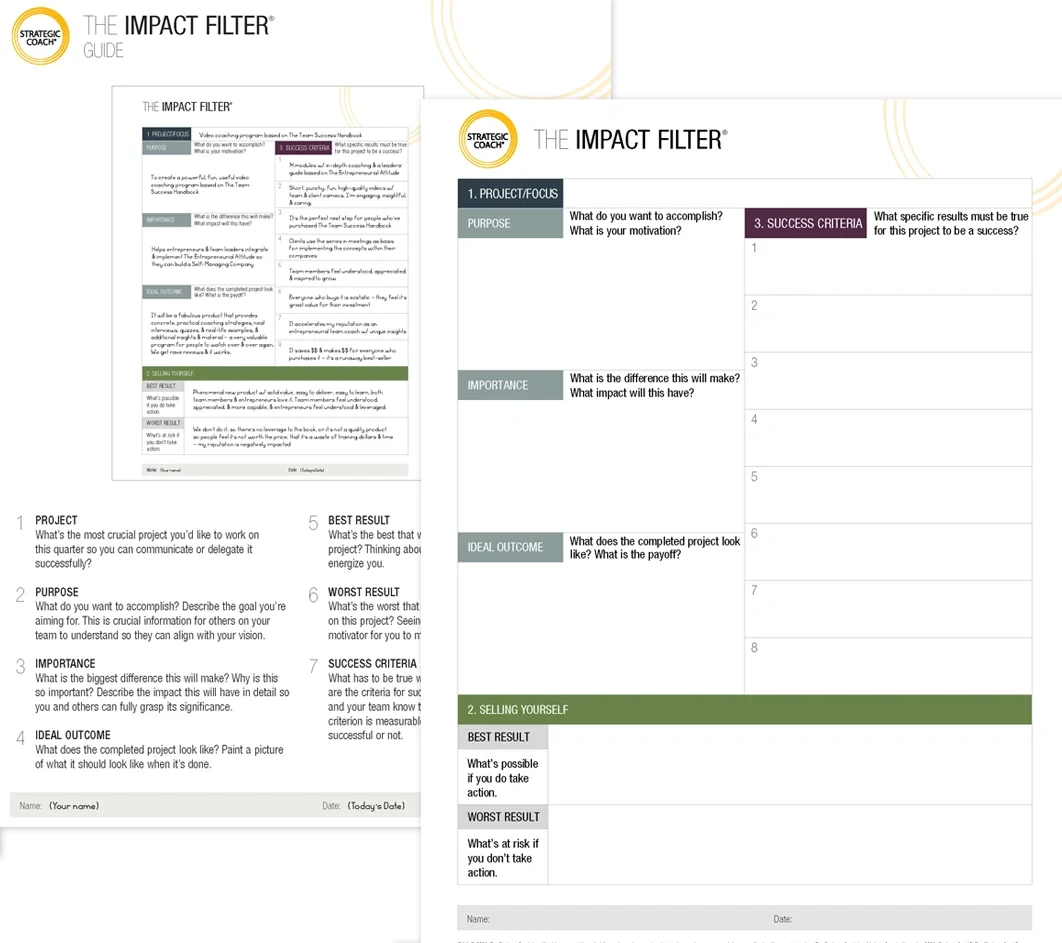The Advantages And Disadvantages Of Family Business
I recently had a fascinating conversation with family business expert Sara B. Stern where she shared the advantages and disadvantages of family business—as well as how to maximize the unique opportunities that come along with the pros and cons.
Below, I’ll summarize my favorite takeaways from our talk. To dive deeper, check out the link at the end to get Sara’s latest books!
The advantages and disadvantages of family business.
Family-owned businesses are a special breed. But there are pros and cons. On the plus side, they provide a way for the family to collaborate, connect, and unite around a shared mission. The business can become a family legacy, something to be proud of and grow for generations. When families strive, grow, and work toward something together, they unlock a deeper connection with their family that many never experience.
On the flip side, it can be a point of contention and stress if not managed properly, and it can pull families apart instead of binding them together. Knowing the advantages and disadvantages of family business helps families preserve and protect the good while mitigating the negative.

The Three-Circle Model of The Family Business System.
Many decisions can be incredibly destructive to the business and the family itself. To protect against this, Sara teaches the Three-Circle Model of The Family Business System, which was developed at Harvard Business School by Renato Tagiuri and John Davis in 1978.
In family-owned businesses, it’s common for the lines to be blurred between the circles of ownership, family, and business.
For example, spouses with big hearts and good intentions may give destructive business advice about employing family members, pay, and ownership. Spouse involvement has pros and cons because, while they may be thinking about what’s fair from a family point of view, it’s not that simple when considering what’s good for the business.
For any business to succeed, you need the right people for the job—whether family or not—and if it’s not a good fit, something needs to change immediately. By taking a systematic, objective approach to determining who should have a say about what, you reduce the chances of strain on the family and business.
Family-owned business leadership.
It’s critical for each circle—family, business, and owner—to have its own leader, priorities, decision-making processes, and rules of engagement so they can operate individually and harmoniously with the other circles.
The family leader
The family leader can be thought of as the CEO—the Chief Emotional Officer. Their role is to break ties in conflict, keep the family together, regulate business talk during family time, and ensure traditions stay intact. This is where the spouse can come in. The family circle prioritizes harmony and fairness.
The ownership leader
The ownership side needs the Chief Ownership Officer, a role that can look different depending on the phase the business is in. As a business gets more complicated, there will need to be succession plans in all three circles. Ownership needs to get defined carefully by its leader, and then the priorities reflecting that definition must be upheld. As an owner and a family member, it can be tricky to navigate challenges with employees or partners who are family. Make it clear which role you’re speaking from so your family knows whether you’re making decisions as a business owner or a family member.
The business leader
The business side wants a return on investment, profits, and growth. The leader may be the day-to-day operator or manager and may not be the owner. Sara believes this model is great for any entrepreneur because it shows that you can structure your business so you can own it but not necessarily have to run it.
Family-owned businesses: Start Here.
Keeping the advantages and disadvantages of family business in mind, Sara believes there are a few questions owners should ask themselves to act as guideposts along the journey:
- What is your legacy?
- What are your values?
- Where do you want to go?
- How have you made decisions, and how will you continue to do so?
- What’s your philosophy of ownership?
These answers act as success criteria and help you make future decisions much easier. They also help others when you’re not around and generally enhance the advantages of the family business.
Cultivating an owner’s mindset and philosophy.
The primary job of the owner is to maximize opportunities for the family and business while minimizing risk. Often, what appears to be an opportunity for the family isn’t good for the business and vice versa. Still, issues within each circle should stay there and be resolved by their respective leader. When this doesn’t happen, the business suffers, especially when big decisions must be made, like the succession of ownership or leadership.
By understanding the advantages and disadvantages of family business, you can avoid challenges or navigate them gracefully as a team when they come up. That way, you and your family can enjoy the freedom, fulfillment, and joy of working together on something big.
To learn more about unlocking the power of your family business, check out Sara’s latest books, Start Here: A Guide for Family Business Succession and Married to the Family Business: A Guide for Spouses of Family Business Owners.







